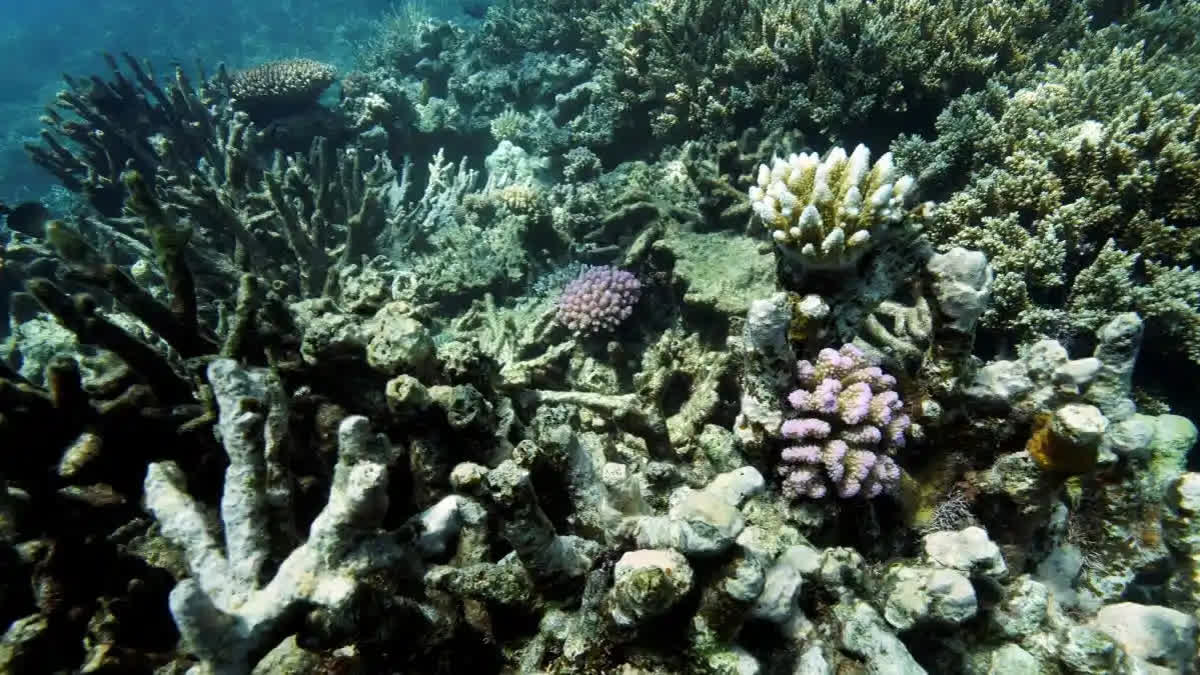Mining of polymetallic nodules containing large amounts of critical metals that cover vast areas of the sea floor has become an attractive proposition spurred by the need for transitioning to a green energy economy. Like many countries, India has been actively pursuing its intention of mining the depths of the Indian Ocean.
The Indian delegates presented their proposal at a session of the International Seabed Authority (ISA) – an international monitoring body under the UN Convention on the Law of the Sea – convened last month in Kingston, Jamaica.
The international rules stipulate that the maritime border of any country extends only up to 200 nautical miles and the waters extending beyond this limit are part of international maritime waters where no countries can claim territory or sea resources. All countries are, therefore, bound to go to ISA for permission for exploration and mining.
The March meeting was convened to discuss and formulate the guidelines for the commercial mining of cobalt, manganese, and nickel – metals much needed for the manufacture of batteries as part of developing low-carbon energy technologies. The final decision on commercial exploitation is expected to be made by the end of this year. Until 2010, seabed mineral exploration at water depths of 300-6500 metres was conducted only by country-specific government agencies and since then many private companies have been involved in prospecting.
China is the other country which leads in seabed exploration, and mining of deep-sea mineral resources. India has been able to conduct exploration of these areas for polymetallic nodules with permits obtained from ISA, although such permits cannot be used for commercial exploitation.
It is also aiming to mine the deep-sea floor around the Carlsberg Ridge located off the west coast, and also Afanasy-Nikitin Seamount on the eastern part of the Indian Ocean, considered to be rich in cobalt-rich ferromanganese nodules. This seamount, about 400 km long and 150 km wide, is located in the Central Indian Basin — southeast of Sri Lanka, right below the equator, and was formed about 80 million years ago.
The Carlsberg Ridge on the western side is an active tectonic boundary between the African and Indian plates, facilitating seafloor spreading. The polymetallic nodules formed along mid-oceanic ridges like the Carlsberg ridge and where underwater volcanism was active like the Afanasy-Nikitin Seamount.
Such tectonically active areas eject mineral-rich hot water through the deep cracks generating mineral deposits. The mixing and complex chemical processes between seawater and the crack-originated water result in mineralisation.
The on-land mining of the last-mentioned elements, which are much sought after by the industrial sectors for their wide use in batteries, has attracted criticism for human rights and environmental transgressions in countries like Congo and Zambia. As compared to on-land deposits, the deep-sea nodules are richer in containing multiple elements in one deposit including nickel, copper, manganese, cobalt, titanium and lithium.
